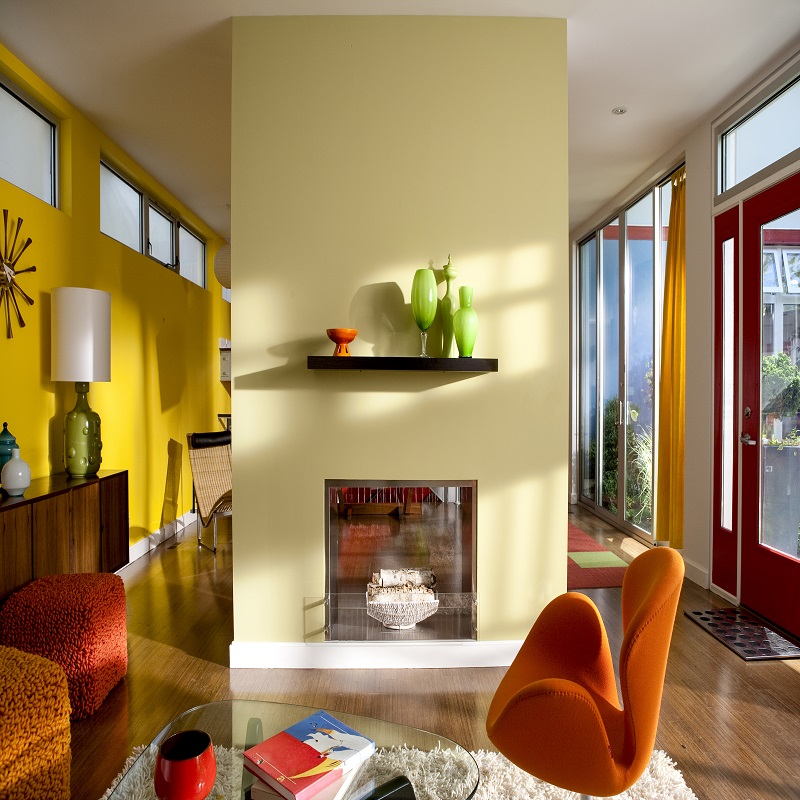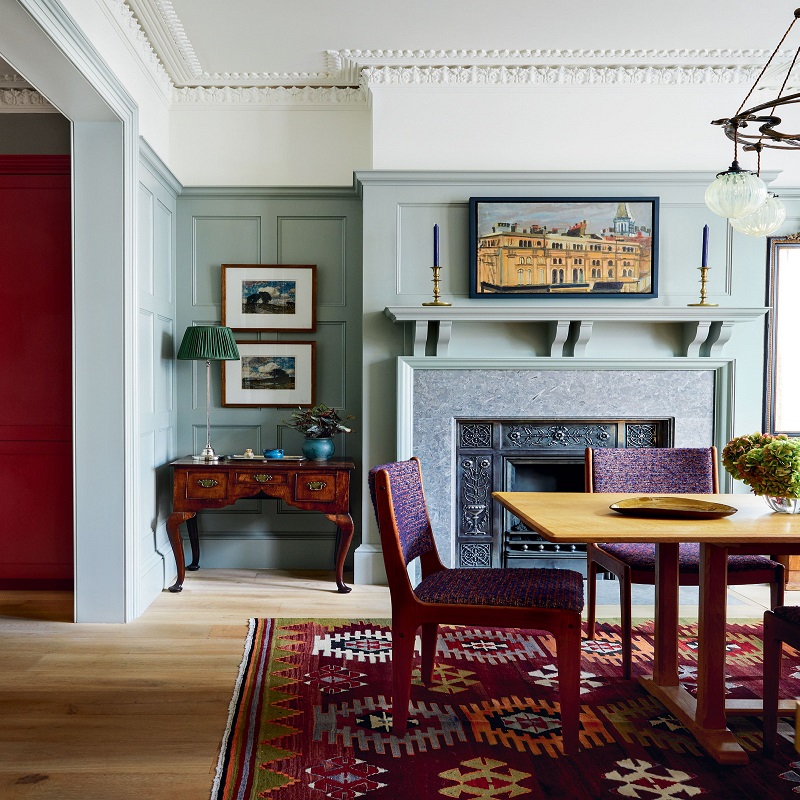Factors Influencing Paint Durability
How often to paint house interior? When considering the question ‘how often to paint house interior,’ it’s important to address the various factors that influence the longevity of your interior paint. Each room in your home experiences unique conditions and this can greatly affect how long the paint will last without needing a touch-up or a complete repaint.
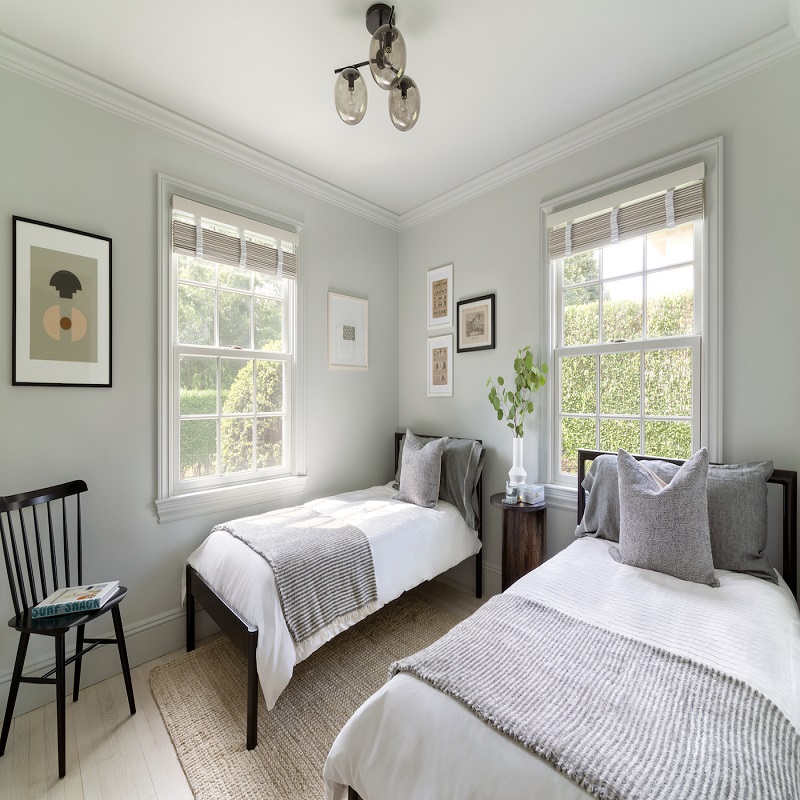
Room Usage and Traffic
How often to paint house interior? Room usage and traffic play a pivotal role in the durability of interior paint. High-traffic areas tend to require more frequent painting due to increased wear and tear. The walls of these rooms are more prone to getting nicked, scuffed, or dirtied, which can lead to deteriorating paint quality over time. For instance, hallways, children’s bedrooms, and playrooms often experience more activity. In these spaces, it’s common to find marks from toys, fingerprints, and other signs of daily life.
On the other hand, rooms that see less traffic, such as adult bedrooms and formal living rooms, will typically sustain paint quality for longer. The reduced interaction with the walls, coupled with the generally lower level of activity, means paint jobs in these areas can last considerably longer before showing signs of wear.
Environmental Influences
The environment inside and outside your home can also affect paint longevity. Factors like humidity, temperature fluctuations, and exposure to sunlight can take a toll on your interior paint. For instance, bathrooms and kitchens face high humidity and temperature changes due to hot showers and cooking, which can cause paint to peel or fade over time. Additionally, rooms with a lot of natural light might experience quicker fading of paint colors, especially if the paint isn’t specifically designed to resist ultraviolet light.
Proximity to the outdoors can be another consideration. Homes in coastal areas might see their interior paint degrade more rapidly due to salt in the air. Proper ventilation and using the right type of paint can help mitigate these effects.
Paint Quality and Finish Choices
Lastly, the quality of the paint used and the type of finish you choose will greatly influence your paint’s lifespan. Higher quality paints with durable finishes can withstand cleaning and daily wear better than cheaper alternatives. Finishing choices like satin and eggshell are more durable and easier to clean, making them ideal for high-traffic areas or places prone to messes, such as kitchens and kids’ rooms.
Choosing the right finish not only affects durability but also determines the aesthetic appeal of your walls. A matte finish might be perfect for minimizing imperfections in low-traffic areas, while glossier finishes might be more appropriate in a bathroom or kitchen due to their moisture-resistant qualities.
In summary, understanding these factors is crucial for predicting the durability of your interior paint and planning maintenance. A strategic approach to paint peeled off wall choices can extend the lifespan of your interior paint jobs and ensure your home stays looking fresh and vibrant for years to come.
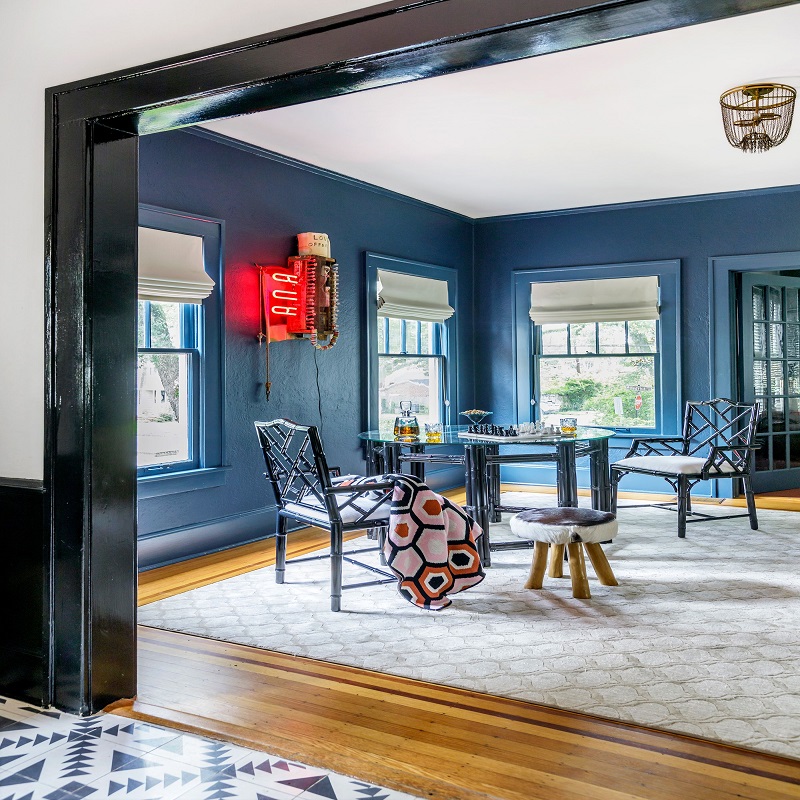
Lifespan of Paint by Room Type
How often to paint house interior? The lifespan of paint in various rooms throughout your house can vary significantly based on several factors discussed earlier, such as room usage, environmental influence, and the quality of paint used. To help guide your interior maintenance schedule and ensure your home remains aesthetically pleasing, we will break down the typical paint lifespan by room type.
Bedrooms: Adults and Children
Adult bedrooms usually see less wear and tear, which allows their paint jobs to last longer, often up to 5 years or more before needing a refresh. These rooms aren’t high-traffic areas, so the walls remain relatively untouched. The use of high-quality paint with a durable finish can extend this period even longer.
Children’s bedrooms, on the other hand, double as play areas and can sustain more damage and dirt accumulation. Thus, they might require repainting more frequently, approximately every 3-4 years. Using a highly durable finish like eggshell or satin will make the walls easier to clean and help the paint withstand the rigors of a child’s daily activities.
Living Spaces: Living Room and Dining Room
Living rooms and dining rooms are often used less frequently than other parts of the house, like the kitchen or family room. The paint in these spaces generally lasts for about 5-7 years. Repainting is often prompted not by wear and tear but by a desire to change the aesthetics of the space, reflecting new design trends or personal style shifts.
Formal living rooms and dining rooms might have longer intervals between paint jobs, as they tend to be reserved for special occasions and have less direct wall contact due to the presence of furniture which serves as a buffer.
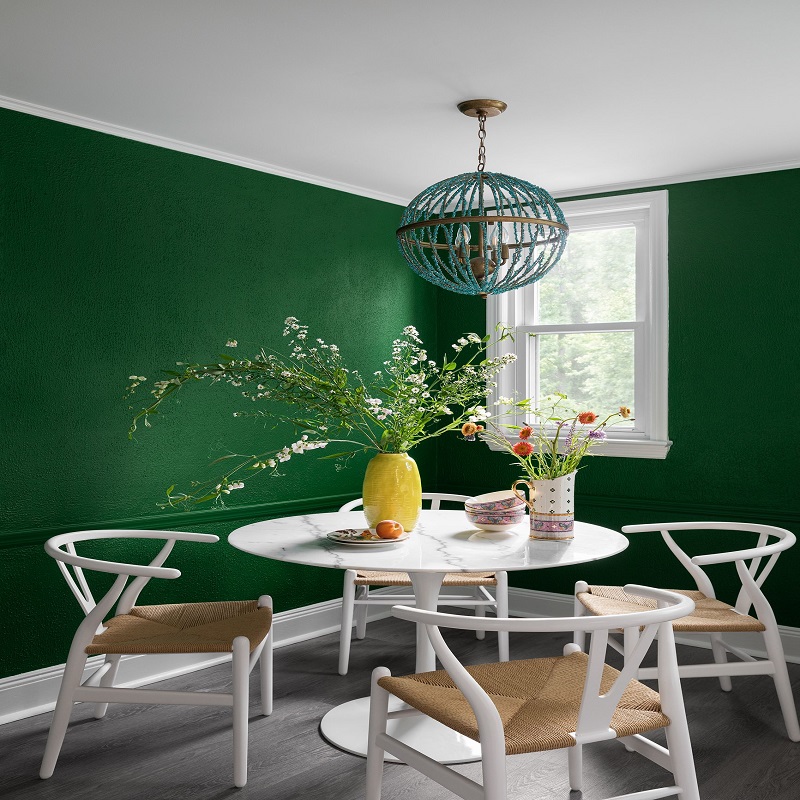
High-Utility Spaces: Kitchens and Bathrooms
Kitchens are bustling centers of activity and require a geometric accent wall paint job that can withstand frequent cleaning and exposure to food splatters, grease, and general kitchen grime. Due to these factors, kitchens may need repainting every 3-4 years, depending on the level of activity and the durability of the paint used.
Bathrooms also demand attention to durability because of high humidity and moisture levels which can lead to peeling or mildew. Like kitchens, they typically need a fresh coat of paint every 3-4 years. Choosing a paint finish that stands up to moisture and allows for easy cleaning is essential in these spaces.
By considering the function and usage of each room and selecting appropriate paint products, homeowners can effectively manage the lifespan of their interior paint and maintain a beautiful and resilient home environment.
Maintaining Your Paint Job
Maintaining the paint in your home properly can significantly prolong its attractiveness and durability. Knowing the appropriate measures to take can ensure that each room maintains its luster for as long as possible before you need to consider a new color wall paint. Here are some useful tips to help you maintain the paint throughout your home.
Tips for Extending Paint Lifespan
- Regular Cleaning: Gently clean your walls with a soft cloth or sponge and a mild detergent. This can prevent dust, dirt, and stains from setting in and causing damage.
- Immediate Attention to Stains: If marks or stains occur, attending to them promptly can help prevent long-term damage. Use appropriate cleaning solutions for different types of stains.
- Avoid Harsh Chemicals: Harsh chemicals can strip the paint and reduce its lifespan. Stick to milder cleaning solutions that are meant for painted surfaces.
- Touch-Up Painting: Minor nicks and scratches are inevitable. Having some leftover paint for quick touch-ups can help maintain the overall appearance.
- Proper Ventilation: Keeping rooms well-ventilated, especially kitchens and bathrooms, will help mitigate humidity-related paint deterioration.
When to Consider a Paint Update
While good maintenance can extend the life of your paint, there comes a time when an update is necessary. Consider repainting:
- If the paint is visibly cracking, chipping, or peeling.
- When mold or mildew starts to appear, especially in areas like bathrooms.
- If the room’s function changes—like converting a nursery to a home office—where a different aesthetic is desired.
- When you’re ready to put your house on the market, as concrete wall can increase its appeal.
- Whenever you’re craving a change in your living environment or want to update the room to match current design trends.
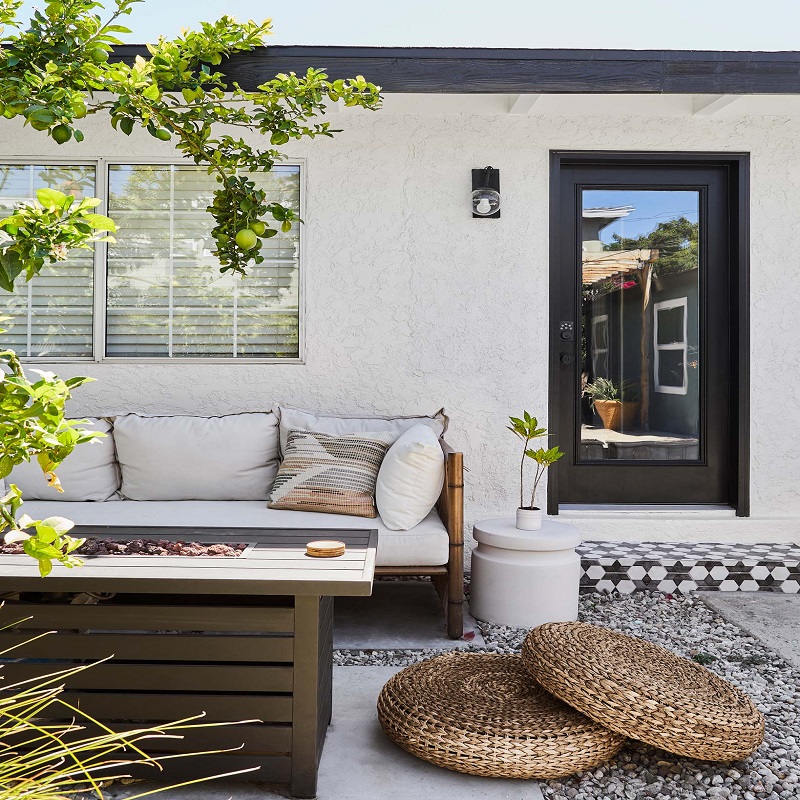
Professional Painting Services and Consultations
For those who prefer a professional touch or simply don’t have the time to DIY, hiring professional painting services can be a worthwhile investment. Not only will the job likely be completed more quickly, but professionals can also offer invaluable advice on paint types, finishes, and colors that best suit your home’s needs. Furthermore, professional services often come with warranties or guarantees, providing peace of mind that your investment is protected.
Things to note when painting house interior
Color Selection and Harmonization
- Color Psychology: Considering the psychological and emotional effects of various colors is crucial, as different hues can influence mood, visual perception, and occupant well-being, necessitating thoughtful color selections that resonate with occupants’ preferences and lifestyle.
- Cohesive Schemes: Creating a harmonious and unified color scheme that complements furnishings, decor elements, and architectural features establishes visual continuity and enhances the overall cohesiveness of the interior design, promoting a balanced and aesthetically pleasing environment.
- Natural Light Influence: Accounting for natural light conditions and the direction of light exposure is essential, as varying light intensities can impact the appearance and perception of painted colors, warranting color choices that complement and adapt to changing light dynamics.
Surface Preparation and Repair
- Inspection and Evaluation: Thoroughly examining wall surfaces for imperfections, cracks, or damage is imperative, as addressing issues such as moisture damage, blemishes, or irregularities prior to painting is critical for ensuring a smooth and durable paint finish.
- Surface Cleaning: Preparing surfaces through cleaning, degreasing, and removing contaminants such as dust, grime, and residue fosters proper garage wall paint adhesion and promotes a flawless and uniform application that enhances the overall aesthetic appeal of interiors.
- Repair and Priming: Conducting necessary repairs, such as patching, filling, and sanding, then applying a suitable primer to optimize paint adhesion, improve color coverage, and fortify surfaces for long-lasting and resilient paint application.
How often to paint house interior? A reputable painting contractor will offer a comprehensive consultation. Help you schedule your painting project. And deliver exceptional results that can withstand the test of time. They can also perform necessary prep work. Such as patching holes or sanding surfaces. Ensuring that any new coat of paint looks flawless—and remains so—for years to come.
